1. Record-Breaking Profits for Criminal Networks

According to The World Economic Forum, the illegal wildlife trade is estimated to be worth over $23 billion annually, positioning it as the fourth-largest criminal trade globally, behind drugs, weapons, and human trafficking. The high profitability of trafficking wildlife makes it a major draw for organized criminal syndicates, who see it as a lucrative venture with relatively low risk. Smuggling networks operate with increasing sophistication, from bribing officials to exploiting border loopholes. These criminal operations span continents, often moving illicit wildlife products through multiple countries before reaching their final destination. With weak enforcement in certain regions, traffickers easily slip through the cracks, making it challenging for authorities to track and stop their operations. This market is diverse, ranging from the poaching of elephants for ivory to the trafficking of rare reptiles as exotic pets.
The demand for luxury wildlife items, coupled with inadequate penalties in some jurisdictions, only fuels the smuggling problem. Traffickers often disguise the true nature of their shipments, using fake paperwork or hidden compartments to evade detection. Governments and international bodies struggle to keep up with the scale of the trade, and a lack of resources for enforcement exacerbates the issue. In 2025, the demand for high-value wildlife products has increased exponentially, as affluent buyers in emerging economies pursue exotic animal parts and artifacts. With profits rising, wildlife smuggling is increasingly seen as a low-risk, high-reward activity for criminal networks, making it even more difficult to combat.
2. Endangered Species in Grave Danger
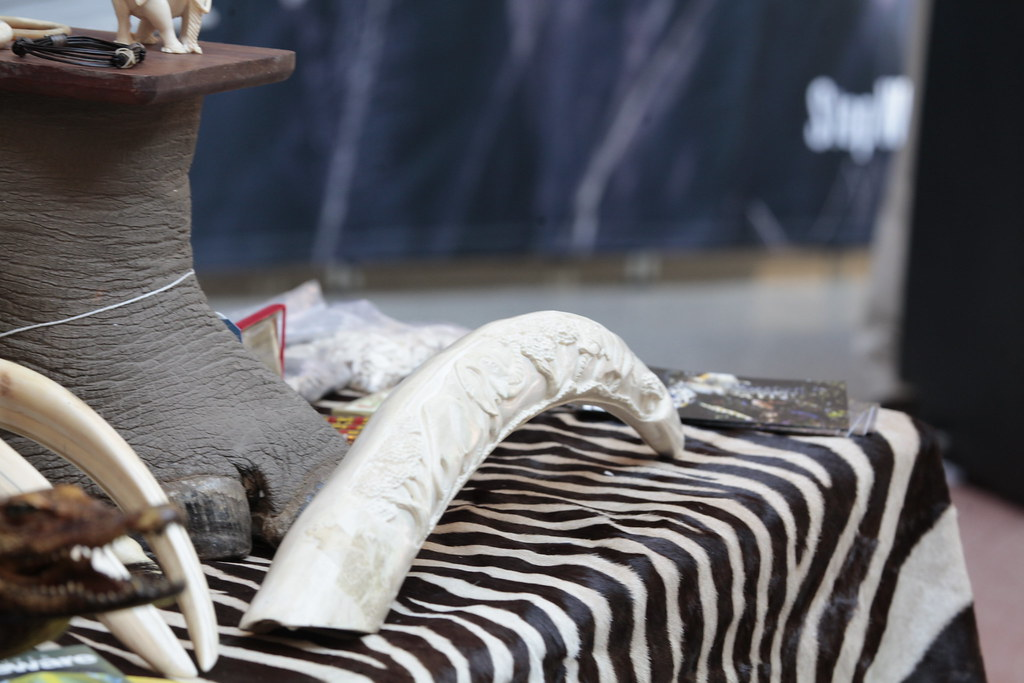
Illegal wildlife trade poses an existential threat to some of the world’s most endangered species, pushing them closer to extinction. In 2025, species like elephants, rhinoceroses, and tigers face increasingly grim prospects due to poaching and trafficking. Every year, tens of thousands of elephants are killed for their ivory, while rhinos are hunted for their horns. Tigers, often killed for their pelts or body parts used in traditional medicines, are being driven toward extinction. According to the World Wildlife Fund, pangolins, already the most trafficked mammal in the world, are seeing their populations rapidly decline due to demand for their scales. Many of these species are not just endangered, but on the brink of disappearing altogether, with some populations shrinking to critically low numbers. The illegal wildlife trade not only decimates individual species but also destabilizes entire ecosystems.
For example, elephants play a crucial role in maintaining the structure of savanna ecosystems by dispersing seeds and controlling vegetation. Their loss would have cascading effects on plant and animal life. As demand for these animals and their body parts rises, poachers become more aggressive, using increasingly violent tactics to capture or kill their prey. In 2025, the challenge of protecting these species is compounded by limited funding for conservation efforts and insufficient enforcement of existing laws. Local communities are often powerless to protect wildlife from poachers who bring in outside money and resources. Conservationists are working tirelessly to raise awareness, but without global collaboration and stronger laws, the survival of these iconic animals is at risk.
3. New Smuggling Routes and Methods
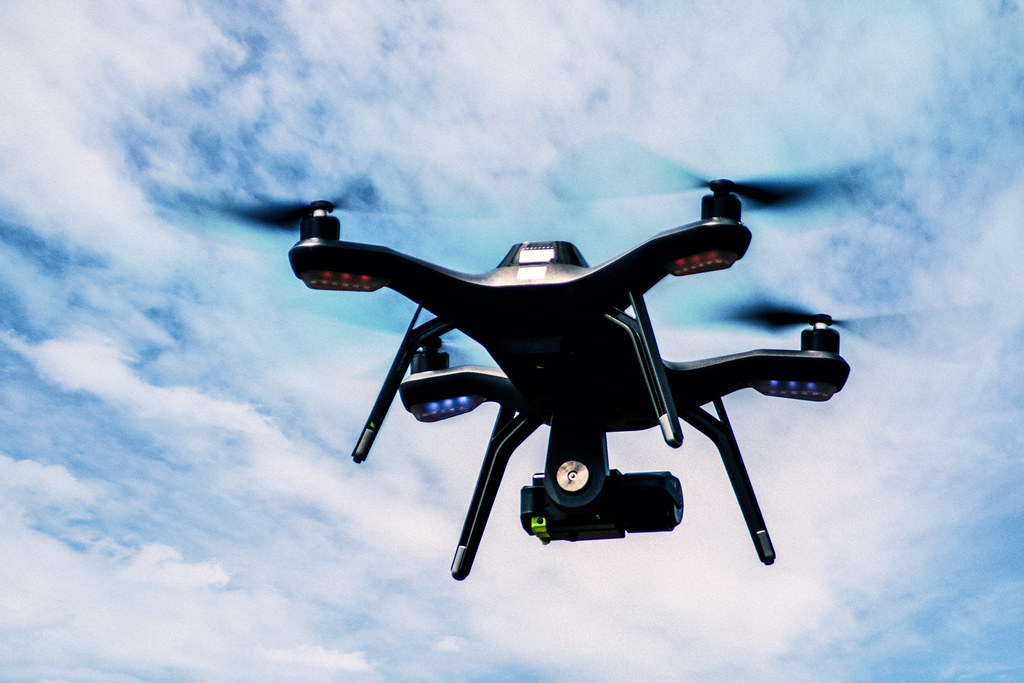
Wildlife smugglers are becoming more innovative in their tactics, adapting to new technologies and shifting market dynamics. In 2025, smuggling operations are increasingly using sophisticated methods to evade detection, from drones and underground tunnels to biological disguises. Drones, for instance, are being used to fly contraband across borders undetected, bypassing traditional checkpoints. These drones can carry small, compact packages of illegal wildlife products, making it harder for authorities to spot them in standard cargo inspections. In addition, smugglers are now using underground tunnels, particularly in areas near borders, to move wildlife products without detection. These tunnels can be dug under border security and customs facilities, facilitating the smooth movement of illicit goods across regions.
Another disturbing trend in 2025 is the use of biological disguises, where traffickers hide endangered species or their body parts inside food shipments or among other legal items. The trade in live animals, such as rare birds and reptiles, is also increasingly difficult to detect as smugglers use false paperwork and clever concealment techniques. For example, as discussed by the U.S. Fish and Wildlife Service, exotic birds are sometimes hidden in luggage or disguised as legal animals to avoid suspicion. The ability to move illegal wildlife quickly and discreetly using these methods has made it more difficult for authorities to intercept and prevent trafficking. The increasing sophistication of smuggling operations means that enforcement agencies must adopt new technologies and strategies to keep up with evolving threats. Yet, in many regions, law enforcement is underfunded and lacks the resources to combat these modern methods effectively.
4. Digital Platforms and Social Media as Hotbeds
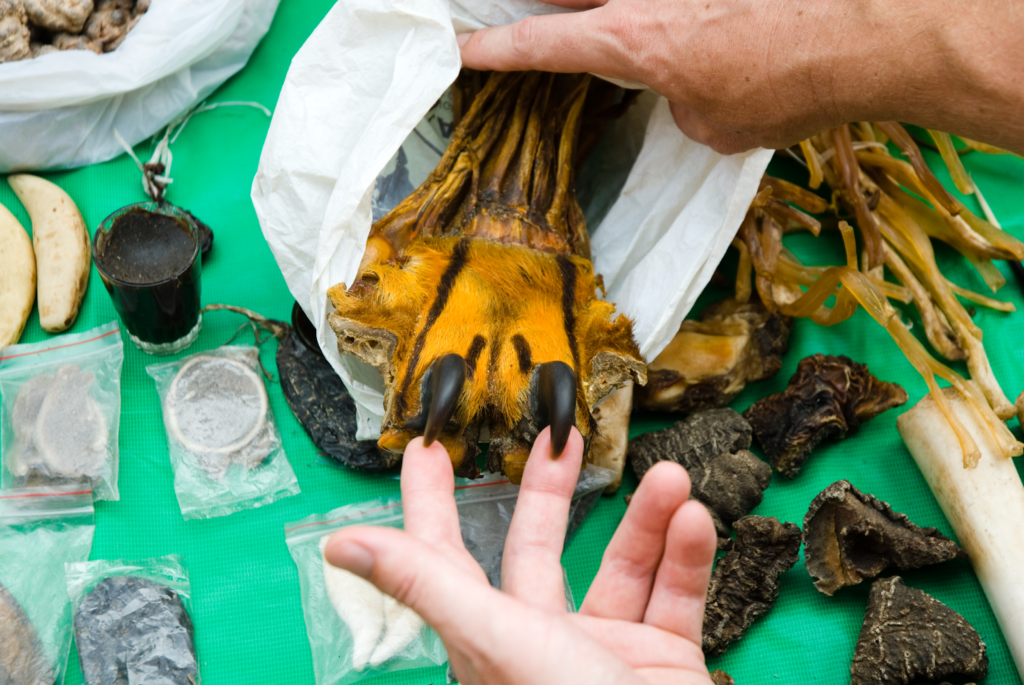
The rise of digital platforms and social media has dramatically changed the landscape of illegal wildlife trade. In 2025, platforms like Instagram, Facebook, and e-commerce sites are being used to buy and sell endangered species and their body parts, making the trade more accessible than ever. According to the World Wildlife Fund, social media has become a powerful tool for traffickers to reach a global audience, showcasing rare and exotic animals to potential buyers. Through these platforms, traffickers advertise illegal wildlife items such as ivory carvings, tiger pelts, or live exotic animals, often using coded language or private groups to avoid detection. In many cases, these products are sold openly, and the transactions occur within minutes, with little regulation or oversight. Online marketplaces and apps have also become key sites for the sale of wildlife products, where buyers can browse exotic animal goods without ever encountering the consequences of their purchases.
The digital marketplace has made it easier for traffickers to network, coordinate, and ship products internationally, bypassing traditional law enforcement methods. Unfortunately, the rapid growth of digital trade has outpaced the ability of governments and social media companies to regulate and enforce laws effectively. In response, some platforms are starting to crack down on wildlife sales, but the efforts are often insufficient, as traffickers quickly adapt and create new channels for the trade. The role of the internet in wildlife trafficking highlights the need for stricter global regulations to monitor and control online sales of endangered species and products. Digital platforms continue to be an ongoing challenge for conservationists and law enforcement alike, with many working together to raise awareness and curb online wildlife smuggling.
5. Impact on Biodiversity and Ecosystem Balance
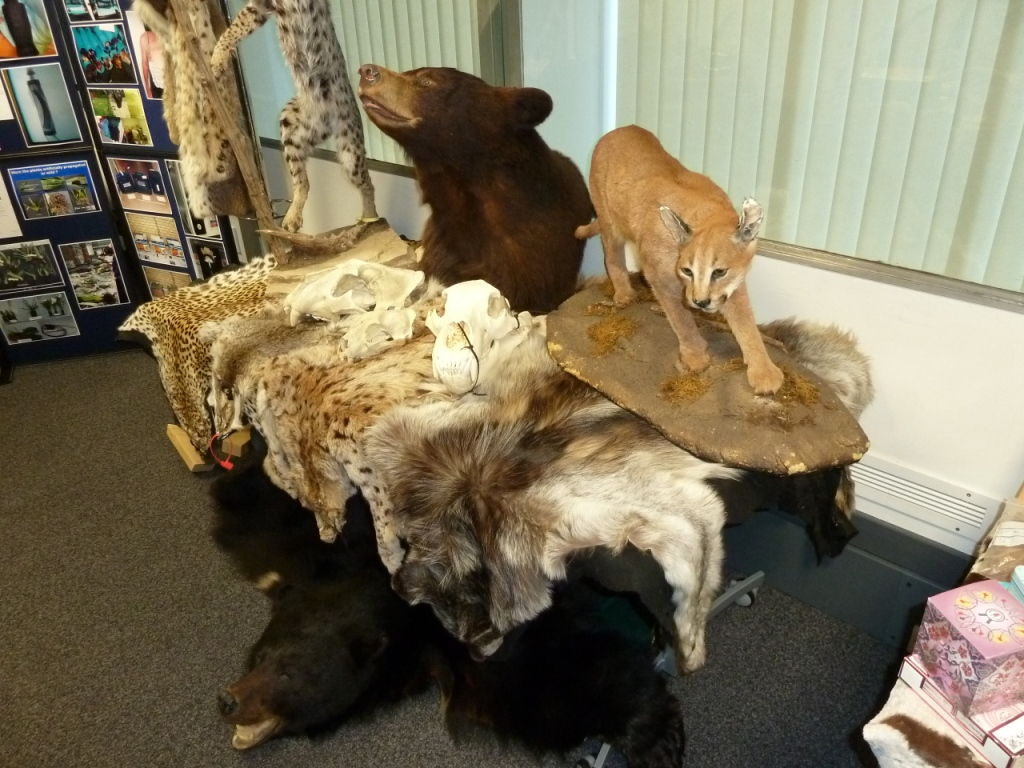
The illegal wildlife trade has a devastating impact on biodiversity and the delicate balance of ecosystems. In 2025, wildlife trafficking is recognized as a leading cause of biodiversity loss worldwide, as species are removed from their habitats at unsustainable rates. When apex predators like tigers or wolves are removed from an ecosystem, it can lead to overpopulation of prey species, disrupting plant and animal communities. Similarly, when herbivores like elephants are poached for their ivory, the vegetation in their habitats is often allowed to grow unchecked, leading to changes in plant diversity and animal populations. According to World Ocean Review, in aquatic ecosystems, illegal fishing practices not only deplete fish populations but also harm coral reefs and other vital marine life. The loss of key species can trigger a domino effect, with entire ecosystems collapsing under the weight of these disruptions.
In 2025, scientists warn that some of the world’s most ecologically important regions, including rainforests and coral reefs, are losing species at an alarming rate. Without these species, essential ecological functions such as pollination, seed dispersal, and nutrient cycling are severely disrupted. This loss of biodiversity also compromises the livelihoods of local communities that depend on healthy ecosystems for food, tourism, and other resources. For example, indigenous communities in Africa rely on elephants and rhinos for tourism revenue, but poaching has decimated their numbers, impacting the local economy. Efforts to restore biodiversity and protect endangered species from illegal trade are critical to maintaining the integrity of ecosystems around the world.
6. Corruption and Weak Enforcement
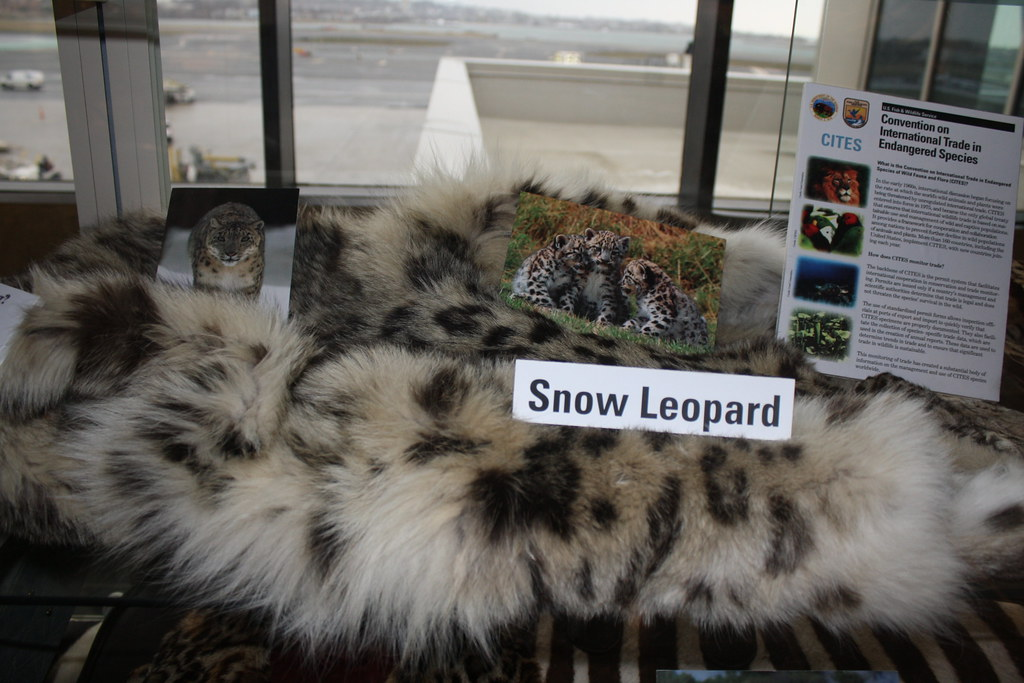
One of the most significant obstacles to combating wildlife smuggling is corruption, which undermines enforcement efforts and allows traffickers to operate with impunity. In many countries, traffickers bribe government officials, border agents, and law enforcement officers to turn a blind eye to their activities. This corruption is especially prevalent in countries with weak institutions, where officials may be paid off to allow illegal wildlife products to pass through customs without inspection. In some cases, entire criminal networks infiltrate law enforcement agencies, providing them with insider knowledge and resources to evade detection. Corruption at the highest levels of government has led to widespread apathy and inaction, making it difficult for conservation organizations to gain traction. The lack of political will to address the issue is compounded by the limited resources available for wildlife protection and enforcement. In 2025, some countries are making strides to improve governance and crack down on corruption, but progress is slow and uneven.
Anti-corruption measures, such as improving transparency and strengthening accountability within government institutions, are essential to combating wildlife trafficking effectively. However, as long as bribery and corruption remain entrenched in many regions, smuggling syndicates will continue to thrive. Tackling corruption requires a multi-faceted approach, including strengthening the rule of law, increasing international cooperation, and enhancing the capacity of law enforcement agencies. Until these issues are addressed, the fight against wildlife trafficking will remain an uphill battle.
7. The Role of Demand in Smuggling

The demand for illegal wildlife products is a major driving force behind the rise of wildlife smuggling in 2025. As the global middle class expands, particularly in emerging economies, the appetite for exotic animal products grows. These products are often viewed as symbols of status, wealth, or cultural significance. Items like rhino horn, tiger pelts, and ivory carvings are highly sought after in markets where they are believed to possess medicinal, aesthetic, or ritualistic value. Traditional Chinese medicine, for example, continues to drive demand for animal parts, despite efforts to educate consumers about the harmful impact of this trade. The persistent demand for rare and endangered species is exacerbated by the desire for exotic pets, with animals like parrots, reptiles, and big cats being sold to affluent buyers around the world. This insatiable demand creates a profitable market for traffickers, who exploit both wildlife populations and vulnerable communities. In some cases, traffickers deliberately target species that are already critically endangered, knowing that the rarity of these animals drives up their value. The rapid increase in wealth and disposable income in many countries has made these products even more desirable, especially as they become symbols of luxury. Educating consumers about the devastating consequences of their purchases is crucial to reducing demand, but this remains a significant challenge in 2025. Without addressing the root cause—demand for illegal wildlife products—the problem of wildlife trafficking will persist, and species will continue to face extinction.
8. Innovative Solutions and International Cooperation

As the illegal wildlife trade continues to surge in 2025, governments and conservation groups are stepping up their efforts to combat the problem. International cooperation has become more vital than ever, as wildlife trafficking networks operate across borders, requiring coordinated action between countries. The United Nations and organizations like INTERPOL are working to strengthen global partnerships and improve information-sharing between nations. In addition, cutting-edge technologies are being employed to track wildlife and detect illegal shipments. AI-powered systems are now being used to analyze patterns in trafficking activities, identifying suspicious shipments and potential routes.
Satellite tracking is being utilized to monitor endangered species, enabling authorities to track their movements and prevent poaching. Some countries are also turning to innovative solutions like “wildlife forensic science,” using DNA analysis to trace the origins of illegal wildlife products. The increasing use of drones, facial recognition software, and advanced surveillance systems has made it easier for law enforcement agencies to monitor wildlife trade and apprehend traffickers. However, these technologies require significant investment and collaboration from governments, NGOs, and the private sector. Despite the challenges, these innovations offer hope for the future, but they must be deployed on a larger scale to have a meaningful impact.
9. The Need for Stronger Legislation and Penalties
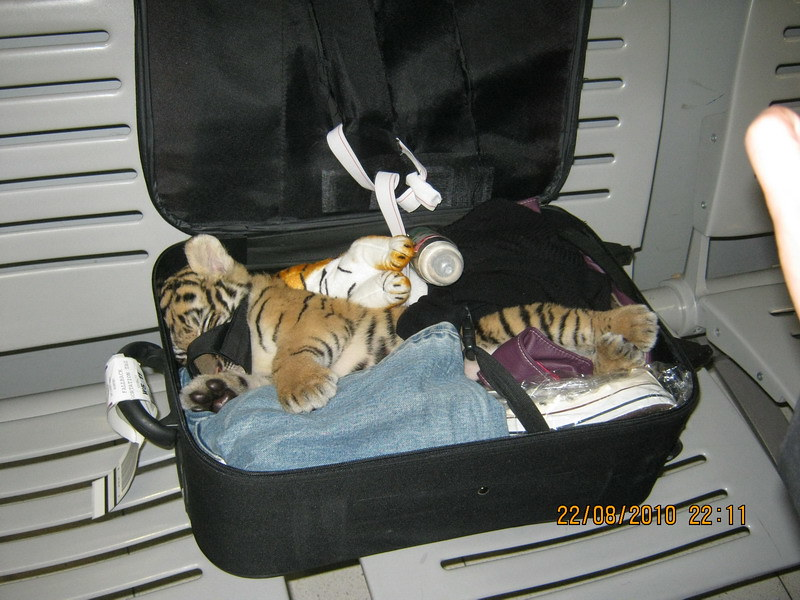
To effectively combat wildlife smuggling, stronger legislation and more severe penalties are needed across the globe. In many countries, penalties for wildlife trafficking are insufficient to deter smugglers, with fines or prison sentences often not reflecting the seriousness of the crime. In 2025, there is growing recognition that the current legal framework is inadequate to address the scale of the problem. Some nations are beginning to pass tougher laws, increasing the penalties for trafficking and creating specialized wildlife crime units. However, enforcement remains uneven, and even when traffickers are caught, they often face lenient sentences that do not reflect the gravity of their actions.
Stricter penalties, such as longer prison sentences, heavier fines, and asset forfeiture, would send a stronger message to criminals involved in wildlife smuggling. Additionally, laws that target not just traffickers but also consumers and middlemen could help reduce demand and make the trade less profitable. The international community must also strengthen its cooperation in drafting and enforcing legislation, ensuring that wildlife protection laws are consistent across borders. Until stronger laws and penalties are enacted, the illicit wildlife trade will continue to thrive, and species will remain at risk of extinction.
10. How You Can Help
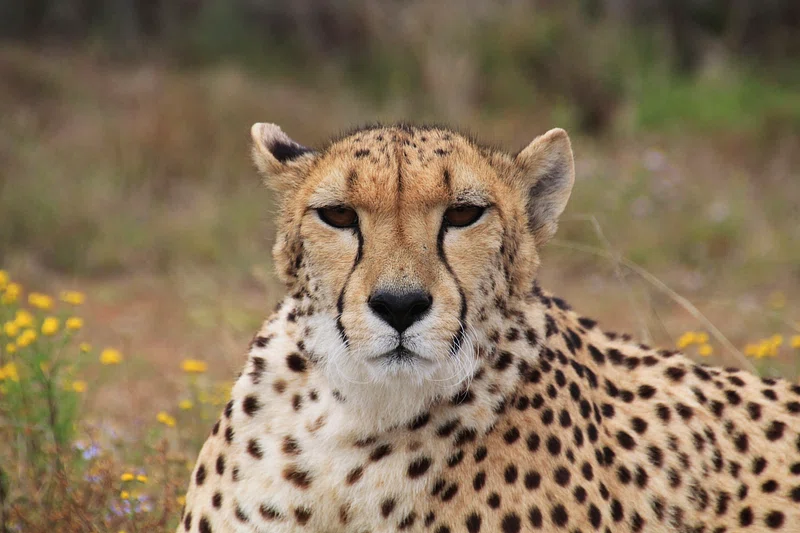
The fight against illegal wildlife smuggling is not just the responsibility of governments and organizations—it’s something everyone can be part of. As individuals, we can make a meaningful impact by becoming informed and making conscious choices. For starters, avoid purchasing products made from endangered species, such as ivory, rhino horn, or exotic animal skins. Support conservation organizations that are actively working to protect endangered species and combat trafficking. By donating or volunteering, you can contribute to the efforts on the frontlines. Additionally, raising awareness within your community about the devastating effects of wildlife trafficking can help reduce demand.
If you suspect wildlife trafficking in your area, report it to authorities or through wildlife protection hotlines. Social media platforms can also play a key role in spreading awareness and holding companies accountable for their involvement in the illegal wildlife trade. By supporting policies and legislation that protect wildlife, you can encourage governments to take stronger action against trafficking. Collective efforts, both small and large, will help reduce the demand for illegal wildlife products and ultimately safeguard endangered species for future generations. Every action counts in the fight to preserve the world’s biodiversity.


